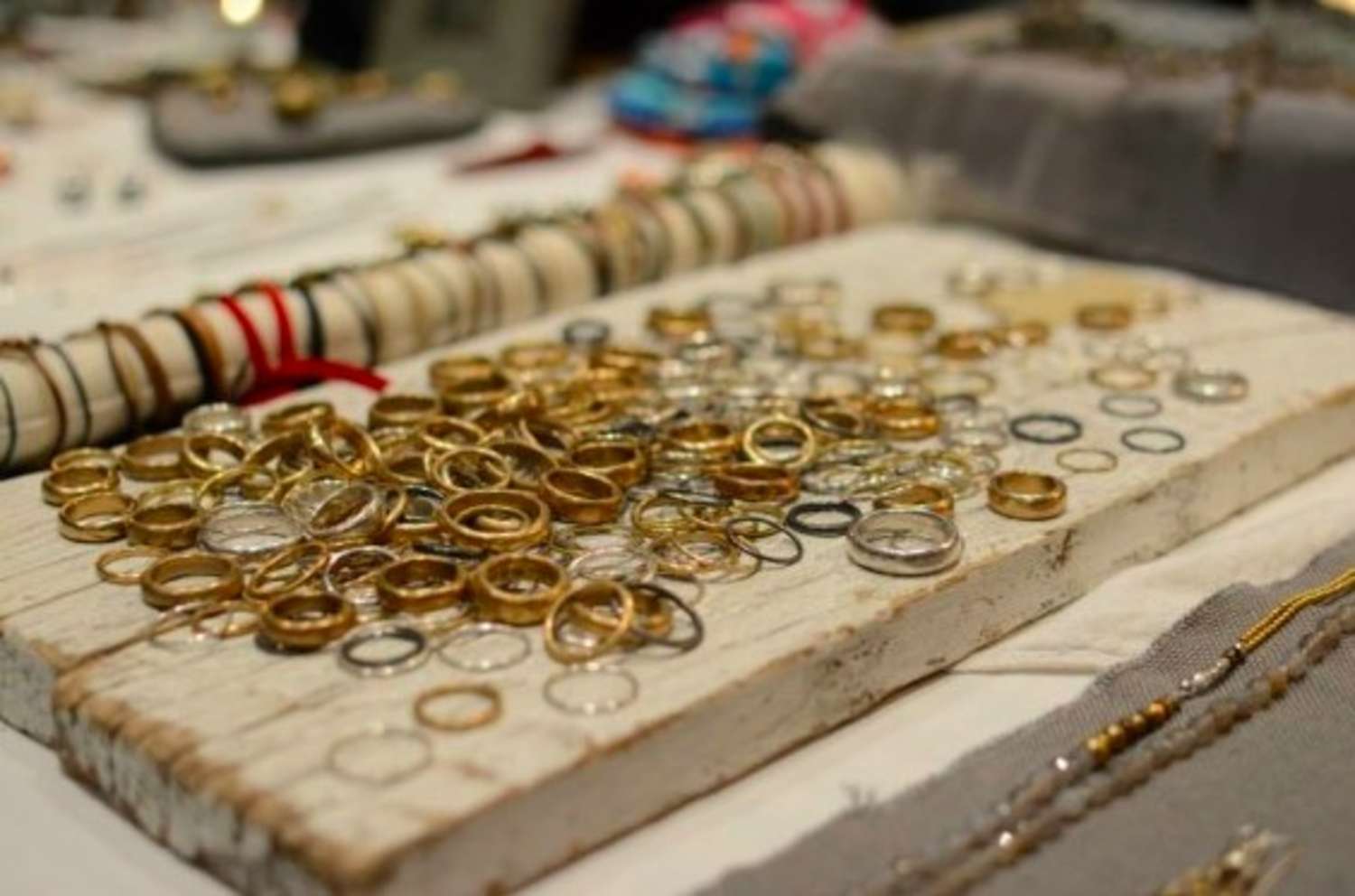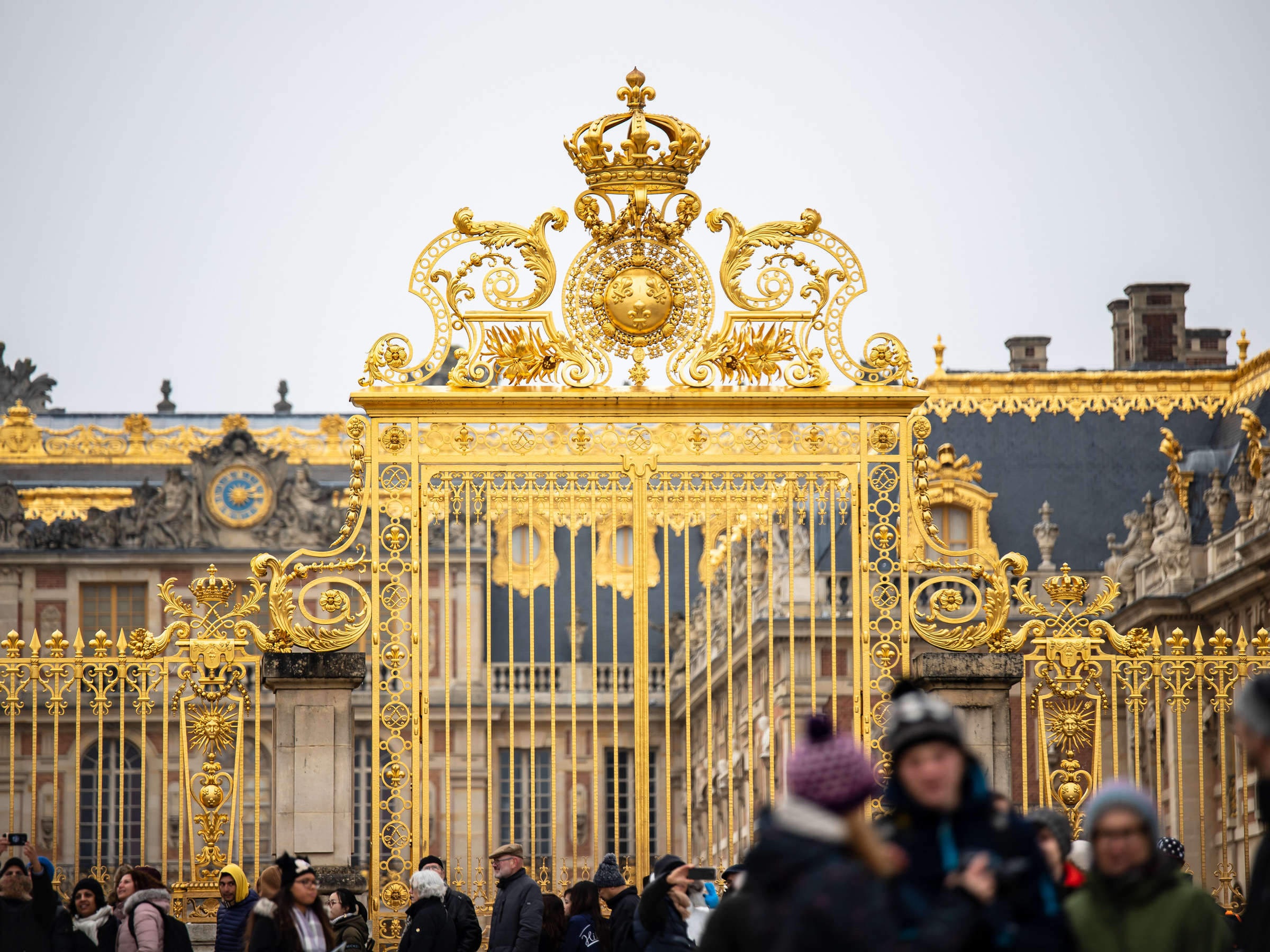This article was written by expert guide, Theresa Potenza. Theresa is an art historian and author of "Creating and Contemplating Renaissance Gardens" (LAP). She holds a Master’s in art history and has done extensive work in oral history and digital technology, using a digital database system to record oral histories. Her most recent project was involvement in an Italian book publication about the history of Italian women and women of the Catholic Church. Theresa is intensely interested in the layers of Rome, and unfolding the hidden meanings of the city and its art through seminar teaching with visitors.
The Etruscans are not the only tribe in Rome famous for their hand-made jewelry. Some modern Romans are up to par and offer us a chance a contemporary way to inherit a long standing tradition of fine adornment. When exploring the immense collection of Etruscan gold and bronze artefacts in the National Etruscan Museum at Villa Giulia, and also in the Vatican Museums, it is hard decipher their ancient hand crafted jewelry from modern designs. The men and women of Etruscan aristocracy left thousands of finely detailed bracelets, earrings and clothes pins now in display cases on museum shelves acting as vestiges of a lost art and lost civilization.
It is the Etruscans who began the tradition of high fashion and self-representation in Rome that is still today a defining factor of the Italian people. While Italy has a long history of fashion, design and metalworking, more recently the country has suffered from the invasion of commercial brands that are driving out local traditions and artisans. But a handful of contemporary artists in Rome remind us that the Ponte Vecchio is not the only place to buy jewelry in Italy and the country’s creative energies are still flowing. A young group of creative minds have banded together and formed a cultural association in the heart of Trastevere called “B5” that, among other creative workshops, houses Zaier Gioielli.
The B5 refers to the address of the first office space that Ioana Popa and Francesca Torricella were able to obtain in order to work towards their goal of preserving the creative traditions of Italy and produce fine hand-made unique silver, gold and bronze jewelry and leather accessories. Their assembly has spread to include the entire street, Via Agostino Bertani, just off Piazza San Cosimato, where 20 artists share 7 studio spaces. The artisans work mostly on commission but also have a small showcase of their items in each bottega. Iona believes her creations are not only a personal expression of her own creativity, but of a culture that is rich in history and style, and she is dedicated to maintaining these traditions. She is most passionate about her work because of the emotional exchange involved in the commission of a unique piece of jewelry. She loves being able to understand and transmit a client’s most complex desire and believes that artisanal jewelry is unique because there is creative part of both the artist and the patron in a hand-made and personally commissioned piece of jewelry.
The B5 Association participates in several markets throughout the year around Rome as an opportunity to showcase their masterpieces. Just in time for the holidays they will be hosting a market in December that will occupy the entire street in front of their ateliers, and will undoubtedly provide visitors inspiration for holiday gifts. A hand-crafted engagement ring, or one-of-a-kind set of incised earrings made in Italy makes an impressive and thoughtful gift, and the perfect souvenir of Rome. Many more artists and artisans are featured at Mercato Monti located near metro Cavour on Via Leonina 46. The market provides ample selection of Italian artisanal jewelry, accessories and garments. The market began in 2009, features about 20 stands of local manufacturers, and it is open only on weekends from 10:00 a.m. -8:00 p.m. Luca and Mary of Moedas Vazadas have a regular stand in the market showcasing their unique creations of artistic jewelry made of ancient and modern coins from around the world. Displayed at their stand you can find rings made of US coins from 1900, bracelets with Iranian and Croatian coins, and watches and pendants of historic collectable Vatican coins.
Anna Patteri of Zuije makes beautiful engraved silver and gold jewelry that is elegant, creative and incredibly reasonably priced, including delicate gold rings resembling tree branches that start at only 20 euro and impressive sculpted bracelets and necklaces made of gold and silver and precious stones that cost around 100 euro. You can find her exquisite accessories outside of market hours at a shop nearby in the Monti district on Vicolo di Serpenti 12 called Assorgioelli.
Massimo Nocerino, a jewelry maker near the Spanish Steps, realized when doing reconstruction under his jewelry store in the 1980’s that he had inherited a much older tradition. Underneath the Renaissance palace there were remains of an ancient goldsmith laboratory. He sits at the desk in his tiny shop, one of many spaces that occupy a 16th Century former noble palace just off Via Sistina on Via Francesco Cripsi 94. There he smolders and strings together pearls, jade, onyx, and an endless myriad of natural gems to make creative and unique luxury necklaces, earrings and bracelets displayed in the window. An activity he started in the 1950’s when his mother inherited the studio space. When he was teenager he would learn jewelry making techniques from the previous owner of the shop who at the turn of the century was making precious jewelry for Italian nobility. Shortly after his mother inherited the store, Massimo and his brother took responsibility and got involved in the creative process. His brother travels the world and purchases unique stones. Massimo creates. Some of his most unique designs are made of horns of Bufalo and wood from Zanzibar placed together with precious stones such as aragonite, amazonite, and agate.
While Context guides can take you to see the beautiful pieces of Italy’s past, these artisans allow us to enjoy some of the most artistic aspects of Italian culture that are alive in the present. A hands-on shopping experience that provides an opportunity to participate in the long history of Italian design different from the noteworthy name brands.













